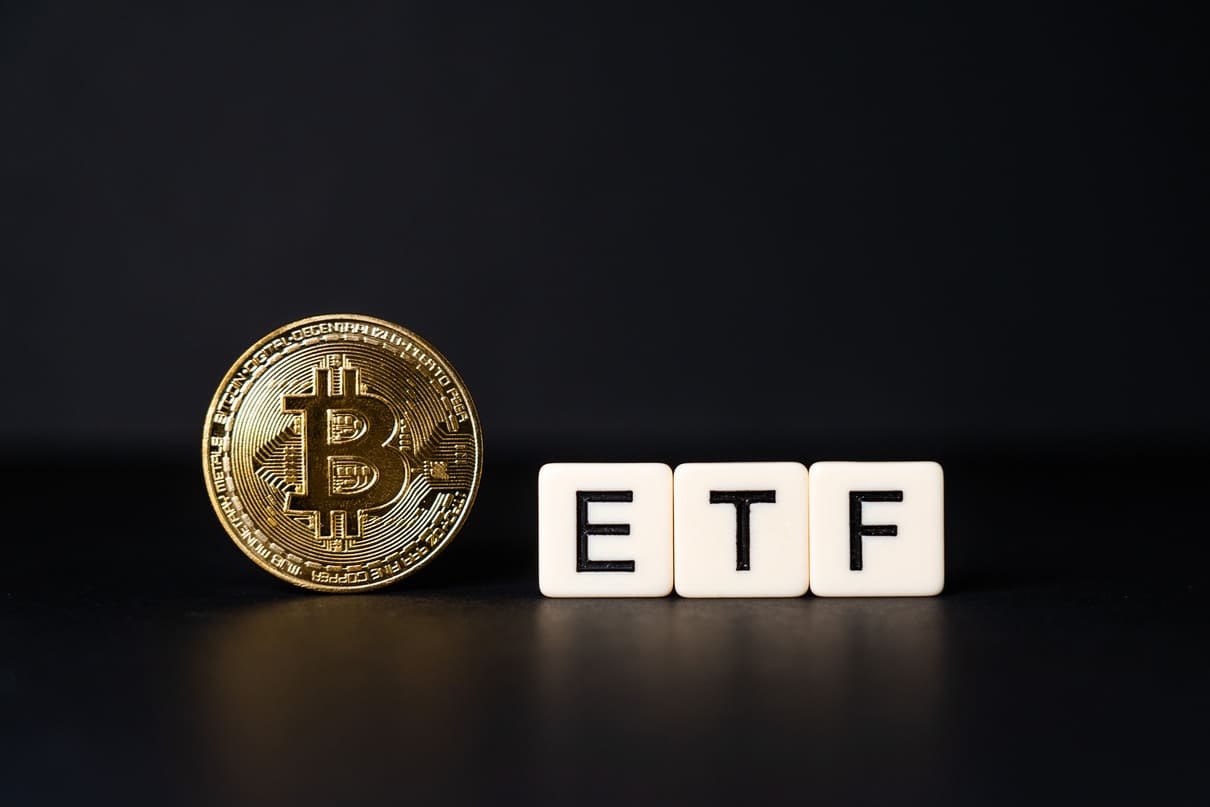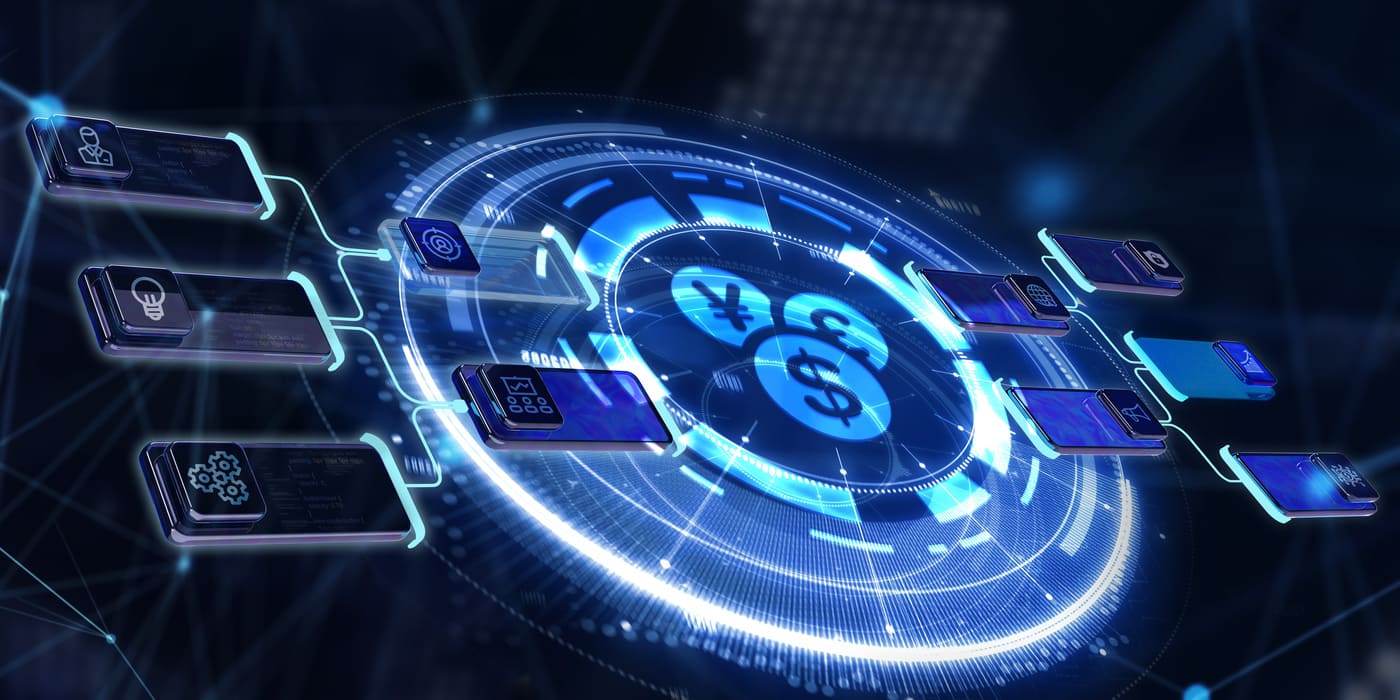The Decentralised Finance (DeFi) Ecosystem

The Rise of a New Financial System?
In the span of a few years, technology has changed the current global financial system, giving life to solutions capable of radically transforming the way people exchange, invest and lend money.
It’s the emerging technologies lying behind cryptocurrencies like blockchain, smart contracts and oracles that are paving the way for the rise of a new form of financial system enabling faster, cheaper and more scalable products and financial services with lower transaction fees, improved accessibility and no intermediaries.
This new digital financial ecosystem it’s called Decentralised Finance (DeFi).
What is decentralized finance (DeFi)?
Decentralized Finance (commonly referred to as DeFi) is an open and globally accessible peer-to-peer ecosystem that recreate common financial instruments (loans, interest-earning accounts, money transfers, insurance, cryptocurrency exchanges etc.), offering access to financial services to anyone with an internet connection without the intermediation of centralized brokers performed in traditional finance.
DeFi is built on a shared blockchain infrastructure that relies upon open-source protocol stacks or modular frameworks for creating and issuing assets, without involving a traditional lender like banks, brokers or exchanges that raises the cost of credit and limits borrower flexibility.
Thanks to this system, investors enjoy lower fees, faster transactions, higher interest rates, as well as an opportunity to diversify their investments.
How does DeFi work?
DeFi uses a decentralized infrastructure based on public blockchain technology, also known as DeFi protocol, to connect users directly and provide its applications. By using permissionless and highly interoperable protocols running on a decentralized network, decentralized applications (DApps) provide open and equal access, minimize all the risks associated with traditional banking and enable fast, scalable applications on the blockchain.
Smart contracts are self-executing agreements at the backbone of all DeFi protocols and applications. In DeFi ecosystem, smart contracts act as central clearing counterparty (CCP), playing the same role of the financial institutions in the traditional financial services marketplace as a guarantors of transactions that directly mediate the transfer and exchange of value, interposing itself as legal counterparty to both sides of transactions.
Agreements and state changes are enforced by smart contracts and stored on the blockchain where transactions are executed in a transparent and verifiable way, according to the rules of the DeFi protocols.
In this way, DeFi re-conceive financial services as a decentralized and trustless open financial network that is not owned or controlled by intermediaries and operates without taking custody of user assets or funds.
What are the key building blocks of DeFi?
The main architecture supporting DeFi protocols is multi-layered, composed by several technical building blocks – also called DeFi Legos – that play essential roles within the DeFi ecosystem:
- Blockchains – Distributed ledgers are the settlement layer for all transactions and work as a platform for DApps. Currently, DeFi services operate mostly on Ethereum and across other blockchains as well.
- Smart Contracts – It’s a transaction protocol or software code that makes up the logic functions used in DApps, automatically performing, controlling and documenting relevant events, conditional tasks and actions according to predefined terms and rules.
- Governance Systems – DeFi rely on governance systems to make crucial decisions about protocol or even framework changes. Tipically is an on-chain software-based mechanism that enables stakeholders to vote for changes to smart contracts or other blockchain protocols.
- Decentralized Autonomous Organizations (DAOs) – DAO automate decision-making inside member-owned communities without centralized leadership through the use of smart contracts and crowdsourced processes, allowing stakeholders to vote and take decisions governed by proposals.
- Decentralized Applications (DApps) – Applications or programs that run on a blockchain or a P2P decentralized network instead of a single server. DApps consist of a frontend user interface executed by a backend code (a smart contract).
- Assets – Digital coins or tokens representing an interchangeable value that can be traded or transferred. DeFi tokens reside on a blockchain network and can be considered financial tools having the same seamless transferability and transparency of a cryptocurrency.
- Wallets – Digital wallets are software interfaces that allow users to store and manage blockchain assets and cryptocurrencies. Unlike custodial wallets supplied by exchanges such as Coinbase and Binance where a third-party holds your private keys in order to secure your funds, DeFi wallets are non-custodial, meaning that users have full control of their funds and keys and solely responsible for their financial management.
- Stablecoins – Digital assets with stable value typically pegged to a fiat currency, a basket of fiat currencies or other stable-value assets. In the DeFi ecosystem, stablecoins alleviate the adverse effects of market volatility and price swings, enabling investors to generate yield.
- Oracles – For security purposes, smart contracts and anything inside the blockchain cannot interact with external data. DeFi oracles are a 3rd party service enabling blockchain smart contracts the capacity to access external data and informations that are not on the blockchain (such as the current price of a stock or a fiat currency) to be integrated into DeFi services.
DeFi Legos (or Mony Legos) are composable, meaning that they can be put together – like Lego blocks – to create a new protocol (or a single financial application) with multiple functions, run by a smart contract and executed on a blockchain.
DeFi Apps & Services
DeFi embodies a variety of integrated applications (DApps) providing a wide range of financial services:
- Decentralized Exchanges (DEXs) – DeFi platforms (like Uniswap, Kyber or Matcha) allow any holders of various digital assets to use DeFi services by instantly swap value locked in their on-chain liquidity pools for any digital token, without needing the involvement of any centralized entity. There are two types of DEX evolving: chain-specific (allows the exchange between tokens living on a single blockchain, like Uniswap) and chain-agnostic (allows trading/exchange between assets on different blockchains, like THORChain).
- Lending and borrowing – Decentralized credit protocols (such as Aave and Compound) enable borrowers to instantly access liquidity offering crypto tokens as collateral (provided that the liquidity is returned at the end of the transaction: if this does not happen, the whole transaction is automatically reversed) or lend cryptocurrency for fairly competitive interest rates.
- Payments – Aiming to become a decentralized payment system for global finance, DeFi payment solutions (like OmiseGO or Celer Network) enable users to make faster and cheaper payments in any cryptocurrency, guaranteeing secure transactions powered by smart contract-based sidechains.
- Yield Farming - Similarly to depositing money in a bank, yield farming rewards users who provide liquidity by locking up cryptocurrency into a lending protocol (a process called “staking”) for a period of time, in order to recive interests or other incentives in exchange. Yield farming has proven to be effective in incentivizing liquidity for a kickstarter project or to distribute newly launched tokens.
- Decentralized Insurance – Platforms like Nexus Mutual or Etherisc offer coverage against black swan events, wallet hacks, smart contract exploits or provide collateral protection for crypto-backed loans. They allow the policyholder to be reimbursed instantly, right when the damage occurs.
- Crypto Derivatives – Derivatives are financial instruments that enable investors to hedge against price changes of fluctuating assets (currencies, exchange rates, commodities, stocks, rates of interest or any any cryptocurrency tokens) to minimize unwanted risks or for profit. DeFi derivative trading platforms (like dYdX) allow the generation of tokenized derivatives contracts without the need for a third party.
- Prediction Markets - DeFi prediction markets (such as Augur or TotemFi) are staking-based protocols which allow the trading the outcome of real-world events events (like elections, sales of a company, price fluctuations of commodities, changes in the weather etc) by predicting which stock will rise and fall. These platforms function like traditional prediction markets but without a third-party to administer trades and bets.
Best DeFi Platforms
DeFi applications need a blockchain that supports smart contracts and where users can interact with them. There are many blockchains behind decentralized finance projects:
- Ethereum blockchain has become the standard for building DeFi apps and systems and got the largest developer community of all the blockchains out there;
- Binance Smart Chain allows the creation of new digital tokens and dual-chain trading, has many dApps but they are highly centralized;
- Solana's DeFi ecosystem is seeing exponential growth, offering several high-quality projects and established DeFi products like Port Finance;
- Avalanche is rapidly redefining the DeFi landscape with lower costs and faster transactions;
- Terra-Luna has a growing ecosystem in the crypto space with an innovative and unique suite of DeFi protocols (like Anchor) offering interoperability with the real-world economy;
According to data from DeFi Llama, these are the largest DeFi ecosystems, but many blockchains – like Tron, Cardano, Polygon or EOS – are having an interesting growth and important developments in DeFi technology.






